While these exercises are generally safe to do at home, it's recommended to consult a physiotherapist for a proper assessment and personalized guidance. They can tailor exercises to your specific needs and ensure you perform them correctly.

16/05/2023
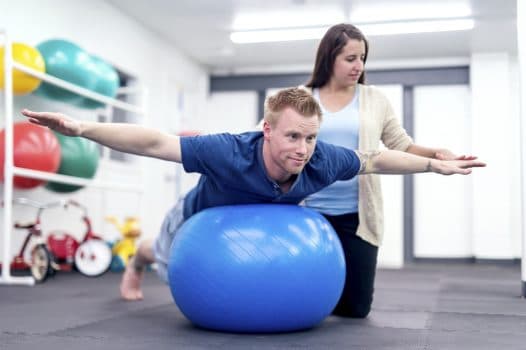
Are you experiencing discomfort due to poor posture? Do you want to improve your posture and relieve associated pains? Look no further! In this article, we will explore seven essential physiotherapy exercises that can help correct your posture and bring relief to your body. Let's dive in!

Maintaining good posture is crucial for overall health and well-being. Poor posture can lead to a variety of issues, including muscle imbalances, joint pain, and decreased mobility. However, with the right exercises and guidance from a physiotherapist, you can make significant improvements and enjoy better posture.

Correcting poor posture is vital for several reasons. Firstly, it helps alleviate pain and discomfort caused by muscle imbalances. Secondly, it improves your body's stability, balance, and coordination. Additionally, proper posture enhances breathing, digestion, and overall organ function. Lastly, it contributes to a confident and positive body image.
Before we delve into the exercises, let's explore some common postural issues that people often face:
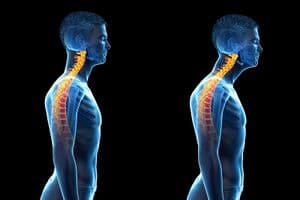
Forward head posture is characterized by the protrusion of the head, causing the neck to curve forward. This issue often results from prolonged periods of looking down at screens or poor ergonomics
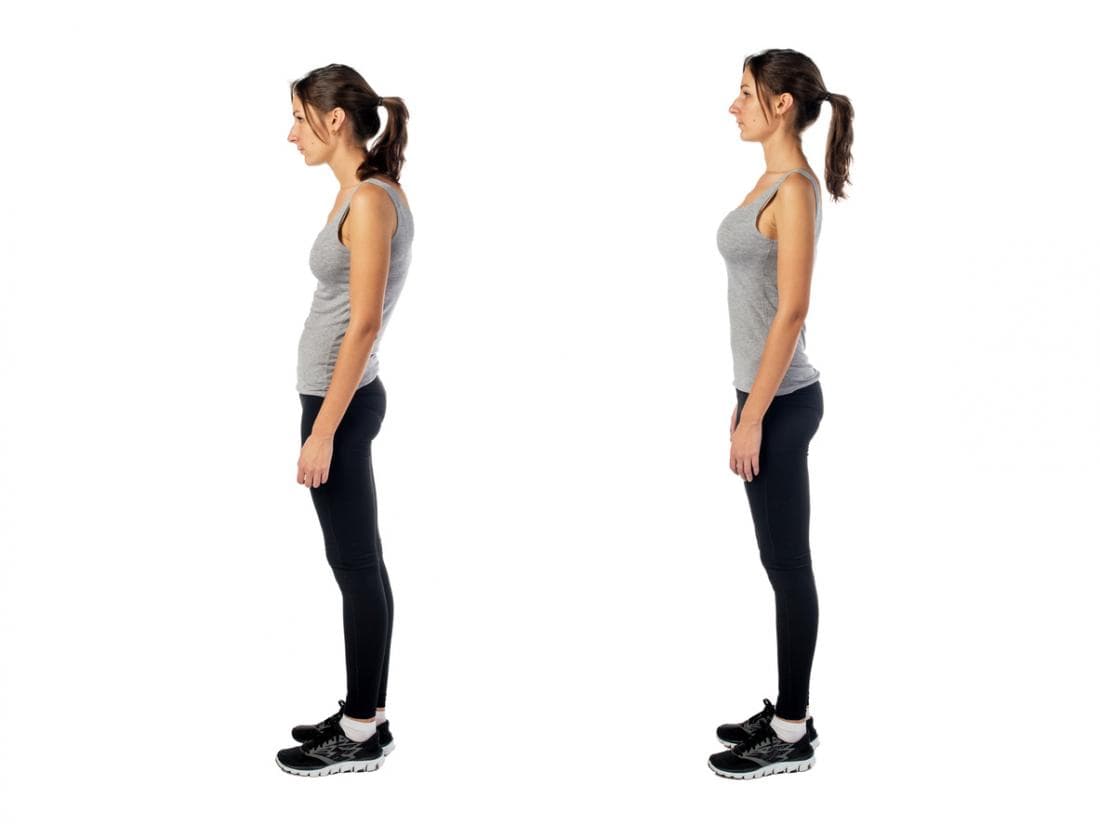
Rounded shoulders occur when the shoulders slouch forward, causing the upper back to curve excessively. It can be caused by factors such as weak back muscles, sedentary lifestyles, or improper weightlifting techniques.

Kyphosis refers to an excessive outward curvature of the upper back, resulting in a hunched appearance. It can be caused by conditions like osteoporosis, poor posture, or structural abnormalities.
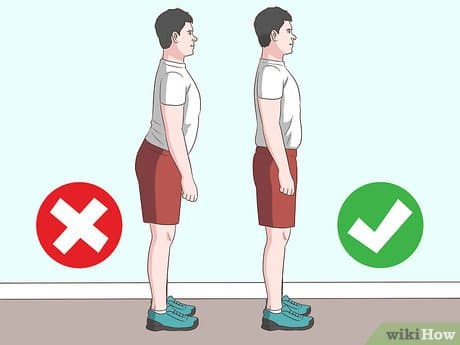
Lordosis is an exaggerated inward curvature of the lower back, often known as "swayback." It can be caused by factors such as weak abdominal muscles, obesity, or pregnancy
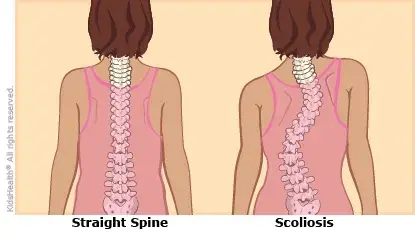
Scoliosis is a sideways curvature of the spine, creating an "S" or "C" shape. It can be congenital or develop during growth spurts in adolescence

Physiotherapy plays a crucial role in correcting posture-related issues. By working with a physiotherapist, you can experience numerous benefits, including:
Now, let's explore seven essential physiotherapy exercises that can help correct your posture:
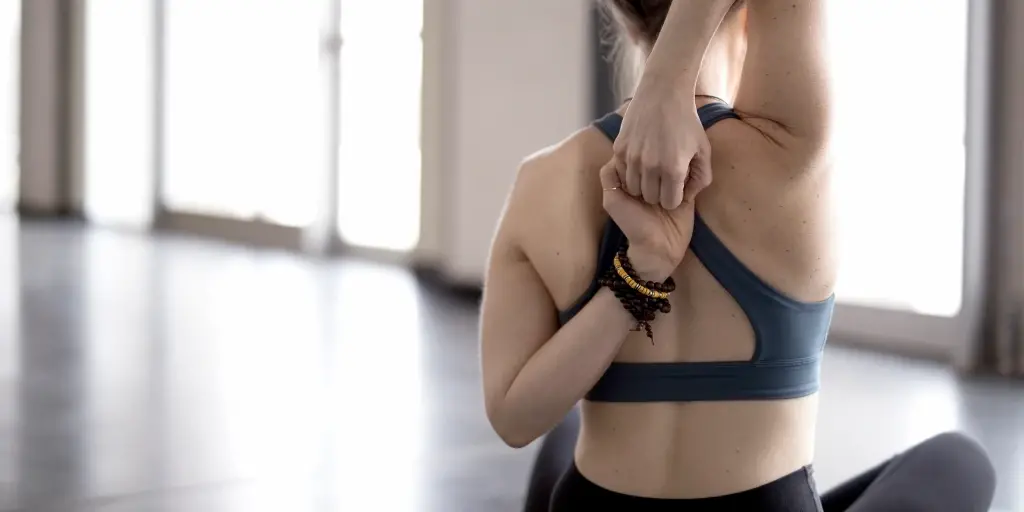
Stretching exercises are crucial for improving flexibility and relieving muscle tightness. Some effective stretches for posture correction include:

Strengthening exercises help target weak muscles and promote proper alignment. Consider incorporating these exercises into your routine:
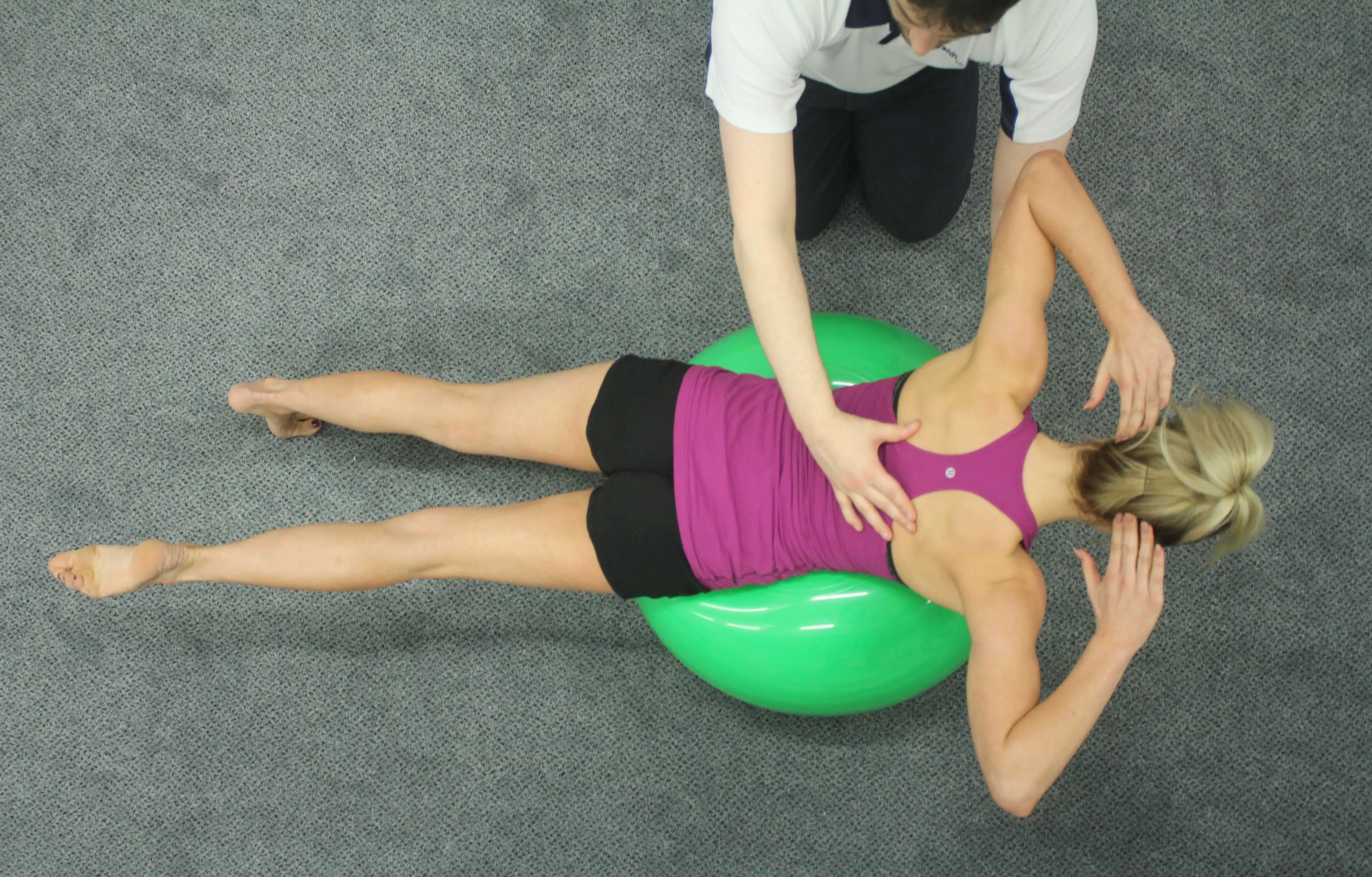
Postural correction exercises specifically target the muscles responsible for maintaining good posture. Here are a few examples:

To reap the maximum benefits, it's essential to incorporate these exercises into your daily routine. Start with a few repetitions and gradually increase as you become more comfortable. Consistency is key to seeing improvements in your posture.
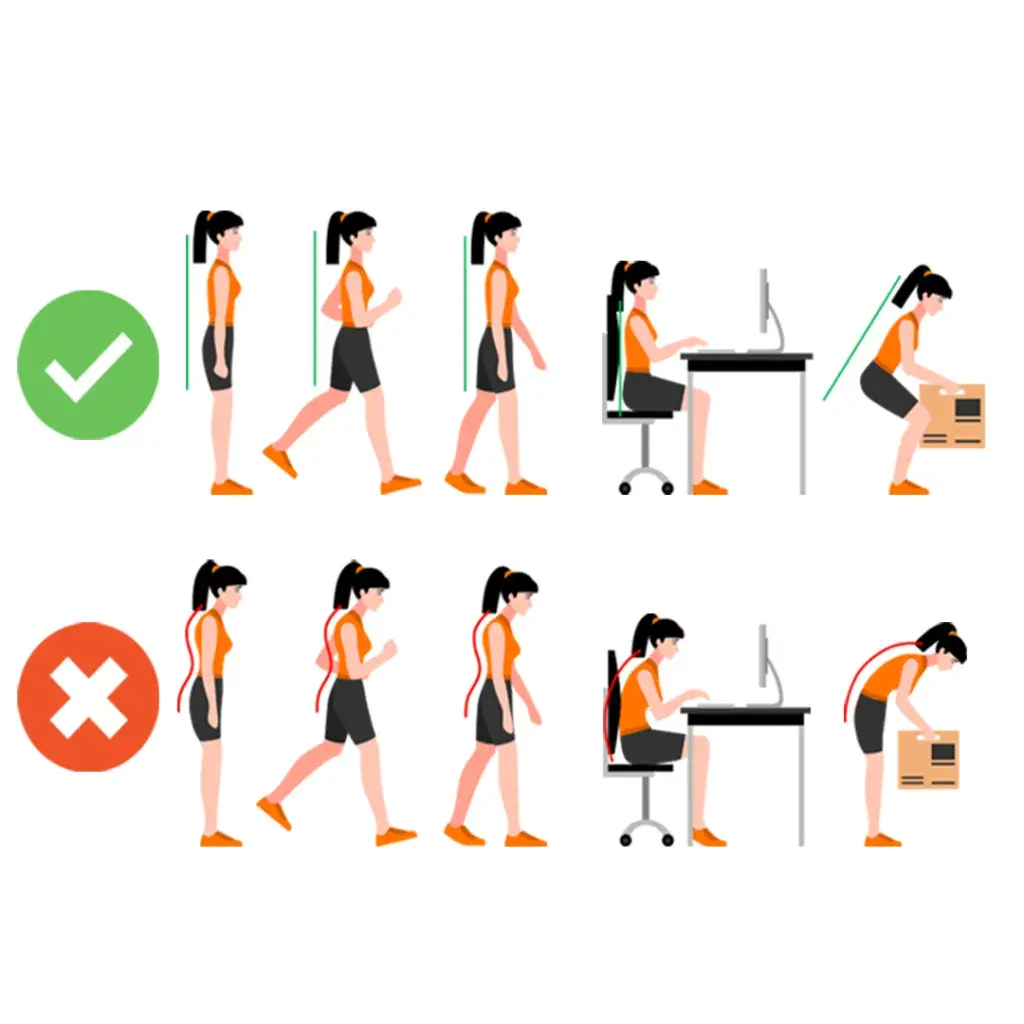
Aside from exercises, there are several practices you can adopt to maintain good posture throughout the day:
Improving your posture is a journey that requires effort and consistency. By incorporating the seven essential physiotherapy exercises discussed in this article, along with adopting healthy posture habits, you can gradually correct your posture and experience the benefits of improved alignment and reduced discomfort. Remember, consulting a physiotherapist is highly recommended to assess your specific needs and provide personalized guidance.
The time it takes to correct poor posture varies depending on individual factors, such as the severity of the issue and consistency of exercise. With regular practice, significant improvements can be seen within a few weeks to a few months.
While these exercises are generally safe to do at home, it's recommended to consult a physiotherapist for a proper assessment and personalized guidance. They can tailor exercises to your specific needs and ensure you perform them correctly.
To see progress, aim to perform these exercises at least three to four times a week. Consistency is key, so try to incorporate them into your routine regularly.
Yes, posture correction exercises can help alleviate back pain caused by muscle imbalances and poor alignment. However, it's important to consult a healthcare professional to determine the underlying cause of your back pain and develop a comprehensive treatment plan.
While these exercises are generally safe and beneficial, it's important to listen to your body and modify or avoid exercises that cause pain or discomfort. If you have any pre-existing medical conditions or injuries, consult a healthcare professional before starting any exercise program.

Back pain is a common ailment that affects millions of people worldwide. It can be caused..
Read more